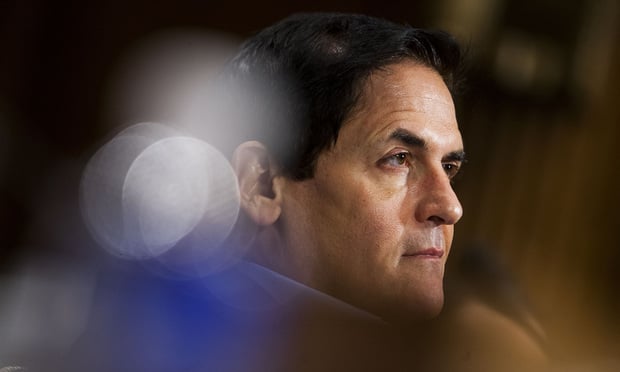Employers are increasingly focused on addressing the needs of “the whole employee” within their benefits offerings, integrating emotional, financial, social and career well-being with physical health, according to the 2017 Arthur J. Gallagher & Co. Benefits Strategy & Benchmarking Survey.
Gallagher Benefit Services Inc., AJG’s employee benefits consulting and brokerage unit, surveyed 4,226 employers and found that more are taking a holistic approach to their wellness programs, as demonstrated by the increase in programs now covering financial well-being (34 percent), volunteer opportunities (28 percent) and community engagement (27 percent).
And it’s not just about trying to keep workers physically healthy. While reducing health care costs remains the main driver for offering a wellness program (60 percent), employers also cite investing in the organization’s culture (43 percent) and improving employees’ work experience and satisfaction (37 percent) as other top motivators for having such benefits.
“This shift in thinking is one of the reasons we expect 70 percent of organizations will offer wellness programs by 2019,” says William F. Ziebell, president, Gallagher Employee Benefits Consulting and Brokerage. “When employers rebalance their priorities to include benefits like professional development and a workplace culture that promotes employee engagement and total wellbeing, they differentiate themselves in the talent marketplace.”
Attracting and retaining a competitive workforce is the top operational priority for 58 percent of employers, while attracting (43 percent) and retaining (41 percent) talent rank as the second and third most important priorities for human resource departments.
Controlling benefit costs remains the highest HR priority, at 52 percent, but declined slightly in overall importance compared to 2016. However, boosting workforce engagement and productivity (37 percent) and creating a strong workplace culture (33 percent) increased in importance.
To achieve these increasingly comprehensive goals, employers are striving to achieve 360-degree integration across total compensation strategies and programs, according to the report. “A big-picture perspective makes it possible to more fully address employee well-being and human capital talent needs, while controlling costs and managing risk,” the authors write. “As employers gain a deeper understanding of how these elements work together, they can see more clearly how to align human resource and organizational strategies to drive better business results.”
Other key survey findings include:
-
Properly administering and managing lost time is a top pursuit for 62 percent of employers, including Family Medical Leave Act compliance, incidental absences, short-term disability, workers’ compensation, and related implications of the Americans with Disabilities Act and the ADA Amendments Act.
-
Increases in employee contributions to the cost of premiums (48 percent) and higher cost sharing through plan design changes (48 percent) remain the top two health care cost-control tactics.
-
Roughly two-thirds of employers offer long-term disability and short-term disability or salary continuation. Far fewer (44 percent) have developed an absence management strategy for administering leave for both occupational and non-occupational disabilities.
-
For communications, most employers shifted toward greater use of external support, including 38 percent overall and 53 percent of large organizations that count on the help of vendors. At the other end of the spectrum, just 3 percent overall and 11 percent of large employers work with consultants that specialize in this discipline.
-
Sixteen percent of employers rely on health plan vendors to administer wellness programs and 14 percent enlist the expertise of an outsourced wellness vendor, including 24 percent of large employers.
-
For pharmacy benefits, 19 percent of all and 50 percent of large employers use a specialty pharmacy benefit manager.
-
There is a trend toward increased self-insurance of medical plans among lower mid-size (42 percent), upper mid-size (68 percent) and large employers (83 percent), up 8 percent to 10 percentage points from 2016.
-
One-third or more of employers use quality-focused and value-based tactics to control medical costs, including cost-transparency tools, telemedicine, and health care decision support for employees. Some of the tactics employers expect to adopt by 2019 include cost-transparency tools (24 percent), health care decision support (19 percent), and reference-based pricing for health care services.
-
Among the 78 percent of employers that offer a retirement program, only 37 percent take steps to measure employee retirement readiness, while three-quarters of employers evaluate wellness program performance — employee participation is the leading indicator at 58 percent. Few look at financial claims data (21 percent), the impact on lost work time (6 percent) or lost productivity (3 percent).
© 2025 ALM Global, LLC, All Rights Reserved. Request academic re-use from www.copyright.com. All other uses, submit a request to [email protected]. For more information visit Asset & Logo Licensing.








